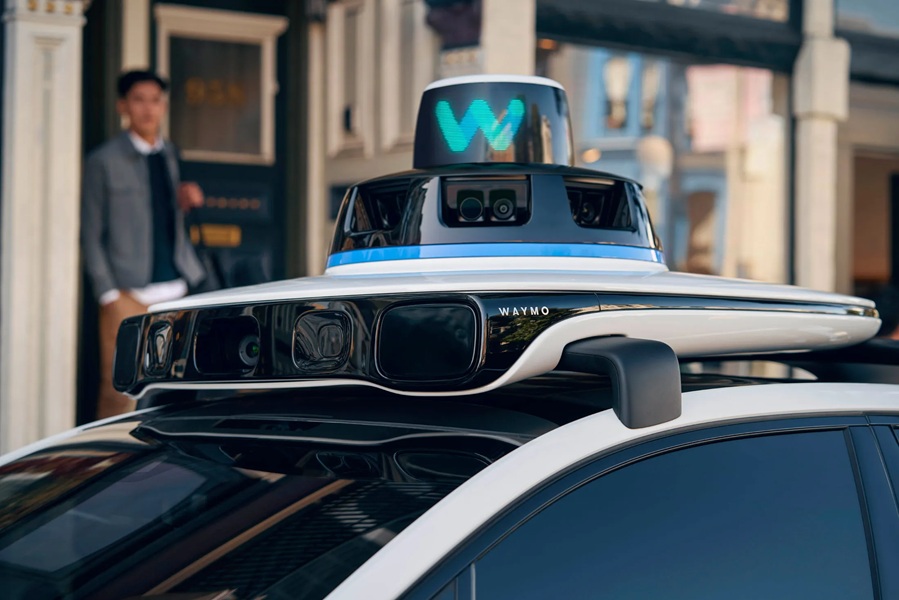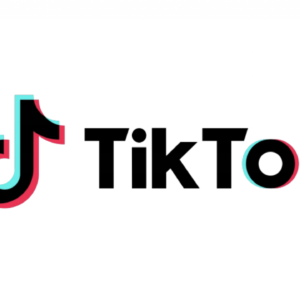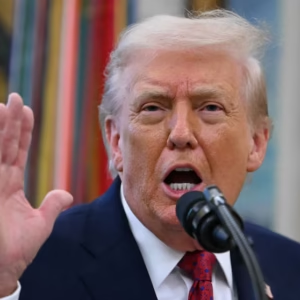WASHINGTON, D.C. – Waymo has expanded its self-driving robotaxi service to the nation’s capital, furthering its mission to revolutionize urban mobility. While fully driverless rides won’t be available until next year, Waymo’s vehicles will begin mapping Washington, D.C.’s streets with a safety driver behind the wheel—a precaution required under local regulations.
This expansion builds on Waymo’s initial trial run in Washington last year. The company remains optimistic about working with regulators to enable completely driverless rides through the Waymo One app by 2026.
A Step Toward Full Autonomy
“We’re excited to bring the comfort, consistency, and safety of Waymo One to Washingtonians, those who work and play in the city every day, and the millions of people from around the world who travel to the District every year,” said Waymo co-CEO Tekedra Mawakana.
Waymo aims to integrate Washington and Miami into its network next year, joining four existing markets where its robotaxis are actively transporting passengers:
- Phoenix
- Los Angeles
- San Francisco Bay Area
- Austin, Texas (via a partnership with Uber)
Additionally, Waymo and Uber plan to introduce robotaxi services in Atlanta later this year.
Waymo’s Unmatched Growth in the Robotaxi Industry
Since launching, Waymo’s self-driving fleet has completed over 4 million paid driverless rides and is currently providing an estimated 200,000 trips per week.
As the clear frontrunner in the autonomous ride-hailing industry, Waymo faces increasing competition from Amazon, Tesla, and Lyft, all of which are developing robotaxi services in key U.S. cities.
Southern University Lockdown Issued After Campus Shooting

The Evolution of Waymo’s Self-Driving Technology
Waymo’s leadership in autonomous transportation stems from its origins as a Google secret project in 2009. In 2016, the project evolved into Waymo, a subsidiary of Alphabet Inc. Today, it stands at the forefront of self-driving innovation, shaping the future of mobility in the U.S. and beyond.
If Waymo’s ambitions pan out, Washington and Miami next year will be added to four other U.S. markets where its robotaxis are transporting passengers — Phoenix, Los Angeles, the San Francisco Bay Area and Austin, Texas as part of a partnership with ride-hailing leader Uber. Waymo and Uber also are teaming up to begin dispatching its robotaxis in Atlanta later this year.
The growth has helped turn what began as a head-turning novelty in Phoenix and then in San Francisco into an increasingly common sight in the cities where Waymo operates. The company says it had provided more than 4 million driverless rides to paying customers through the end of this year, and is now providing them at a pace of 200,000 paid trips per week.
That has established Waymo as the early frontrunner in driverless technology while others are racing to catch up. Both Amazon and Tesla are gearing up to launch their own services in different U.S. cities while another ride-hailing service, Lyft, has announced plans to add robotaxis as an option in Atlanta and Dallas.
Waymo’s early lead in the still-nascent robotaxi market is a vindication of a technology that began as a secret project within Google in 2009 before it was spun off into a separate company owned by Alphabet Inc. in 2016.






